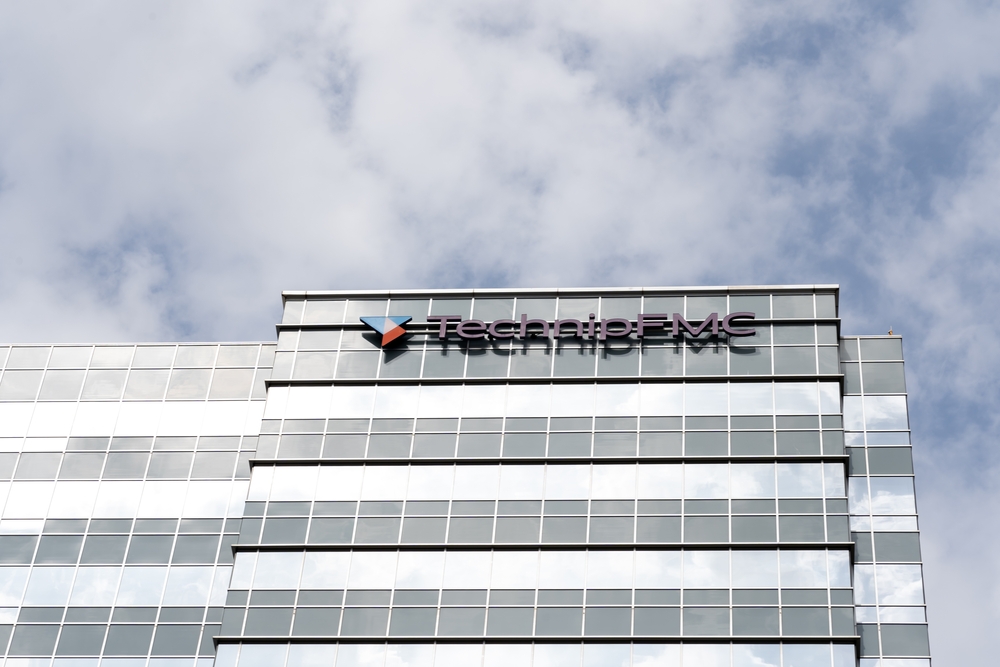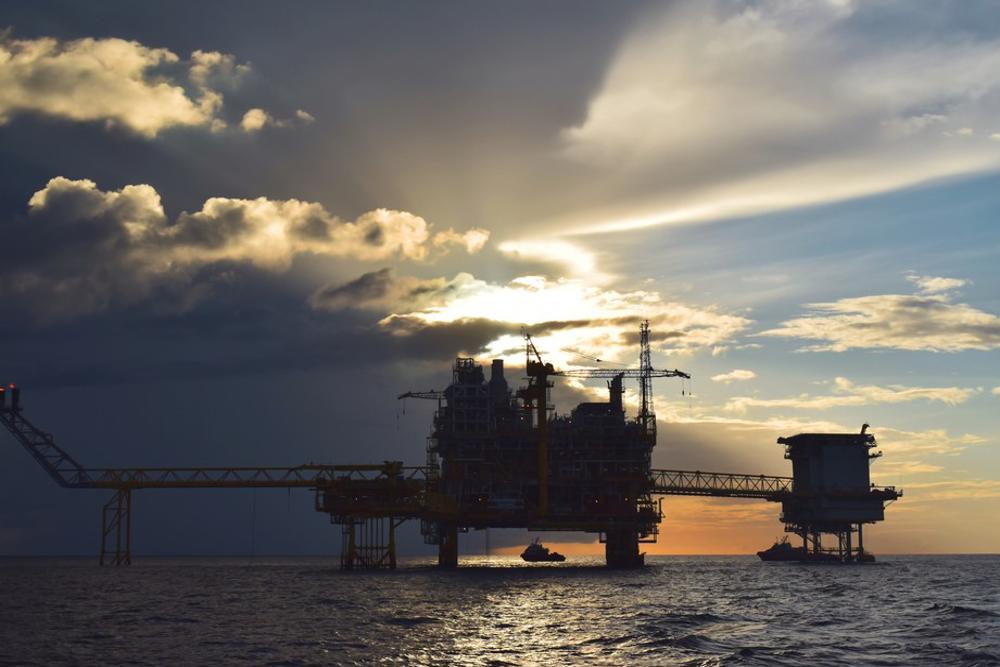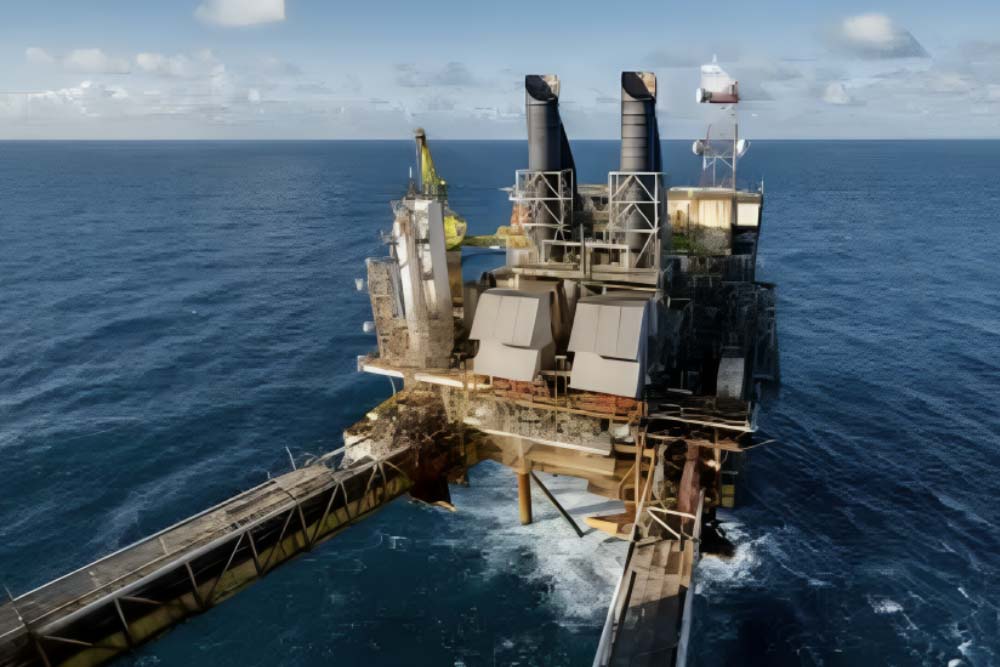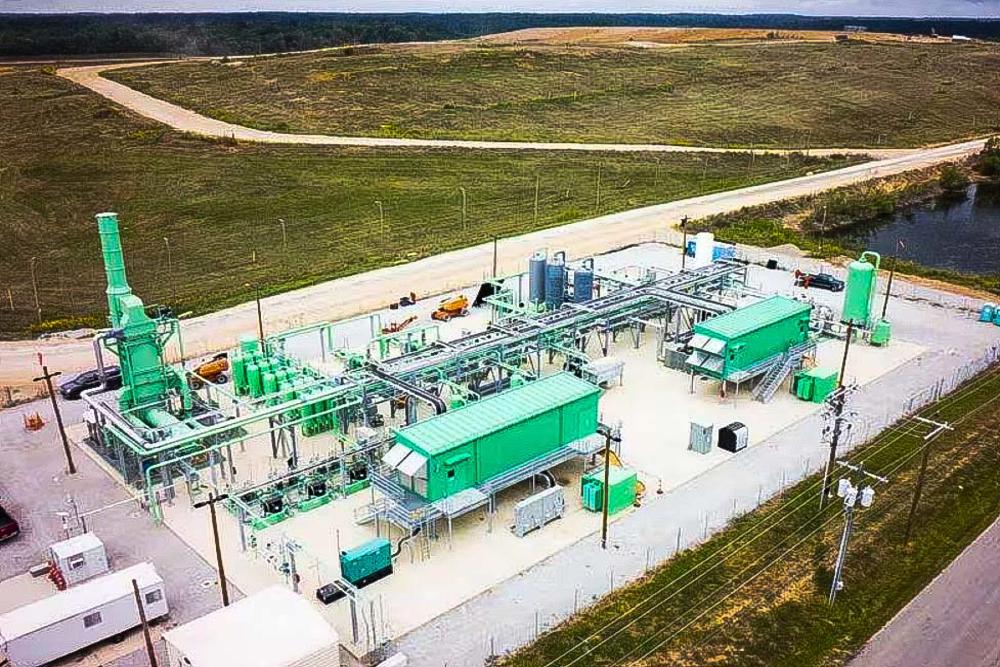
In a significant development for the offshore energy sector, BP has awarded an integrated engineering, procurement, construction, and installation (EPCI) contract for the Kaskida project in the US Gulf of Mexico, marking a crucial step forward in BP’s ambitious plans for its sixth hub in the region.
The Kaskida project, which received final investment decision (FID) approval from BP in July 2024, is set to be a groundbreaking venture.
It will be BP’s first development in the Gulf of Mexico to produce from reservoirs requiring well equipment with a pressure rating of up to 20,000 psi (20K).
Under the terms of the contract, TechnipFMC will be responsible for the design and manufacture of subsea production systems, including 20K standardised subsea trees and manifolds.
The scope of work also encompasses the design, manufacture, and installation of subsea umbilicals, risers, and flowlines.
Andy Krieger, BP’s senior vice president for Gulf of Mexico and Canada, emphasised the project’s significance, stating: “Kaskida will be simpler to construct and simpler to operate, enhancing safety and delivering greater value for BP.”
The Kaskida development is expected to feature a new floating production platform with the capacity to produce 80,000 barrels of crude oil per day from six wells in its initial phase.
With production slated to commence in 2029, the project targets recoverable resources estimated at 275 million barrels of oil equivalent in its first phase.
Gordon Birrell, BP’s executive vice president of production and operations, highlighted the technological advancements enabling this project: “Technology has and will continue to play a pivotal role in propelling Kaskida from discovery to production. Together with the other resources we have in the Paleogene, we expect it to prove to be a world-class development.”
The Kaskida field, located in the Keathley Canyon area approximately 402 kilometres southwest of New Orleans, is wholly owned by BP.
This project is seen as a key to unlocking the potential future development of 10 billion barrels of discovered resources across the Kaskida and Tiber catchment areas.
As the offshore industry watches this development with keen interest, the Kaskida project stands as a testament to the ongoing technological advancements and strategic investments shaping the future of deepwater oil production in the Gulf of Mexico.






